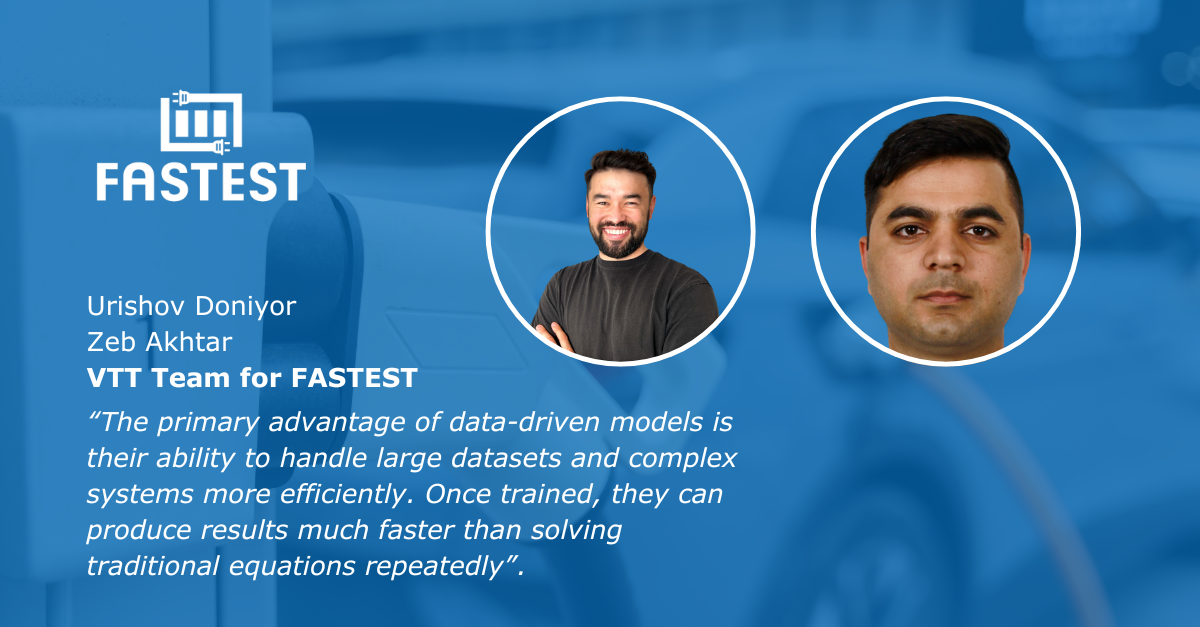1. What are the main differences between the physics-based models and the data-driven models you plan to develop? How will the data-driven models enhance computational efficiency while maintaining accuracy?
Physics-based models rely on fundamental laws of physics to simulate systems. These models require detailed equations to represent real-world phenomena, which can make them computationally expensive and time-consuming, especially for complex systems. On the other hand, data-driven models, like those developed using machine learning, learn patterns and relationships directly from the data. Instead of using equations, they leverage historical data to make predictions or simulate systems.
The primary advantage of data-driven models is their ability to handle large datasets and complex systems more efficiently. Once trained, they can produce results much faster than solving traditional equations repeatedly. Additionally, data-driven models can handle situations where exact physics-based equations are not available, allowing for more flexibility.
However, data-driven models may sacrifice some accuracy if not properly trained or if the available data doesn’t represent all scenarios. By combining the strengths of physics-based models (which are accurate and slow) and data-driven models (which are fast but depend on data quality), we can achieve high computational efficiency while maintaining acceptable accuracy.
2. What specific methods or tools will be used for developing these models?
For developing data-driven models, we plan to use machine learning techniques, particularly deep learning models like Convolutional Neural Networks (CNNs) and Long Short-Term Memory (LSTM) networks. These are especially useful for time-series forecasting and multivariate analysis. Tools like Python, TensorFlow, and Keras will be employed for model development. Additionally, Scikit-learn will be used for traditional machine learning models and pre-processing tasks.
To ensure that our models are both efficient and interpretable, techniques like SHAP (SHapley Additive exPlanations) for feature importance, and cross-validation for model validation will be utilized. Also, to enhance computational efficiency, the models may be optimized using techniques like hyperparameter tuning and parallel processing.
3. What mechanisms will be in place to facilitate effective collaboration among all participants?
To foster effective collaboration among all participants, we plan to implement regular communication strategies and shared platforms for development and documentation. Regular meetings, both bi-weekly and monthly, will be scheduled to update progress, share challenges, and discuss the next steps. Collaborative tools such as Microsoft Teams and SharePoint will be used for real-time communication. For code sharing, we plan to use Microsoft Azure.

